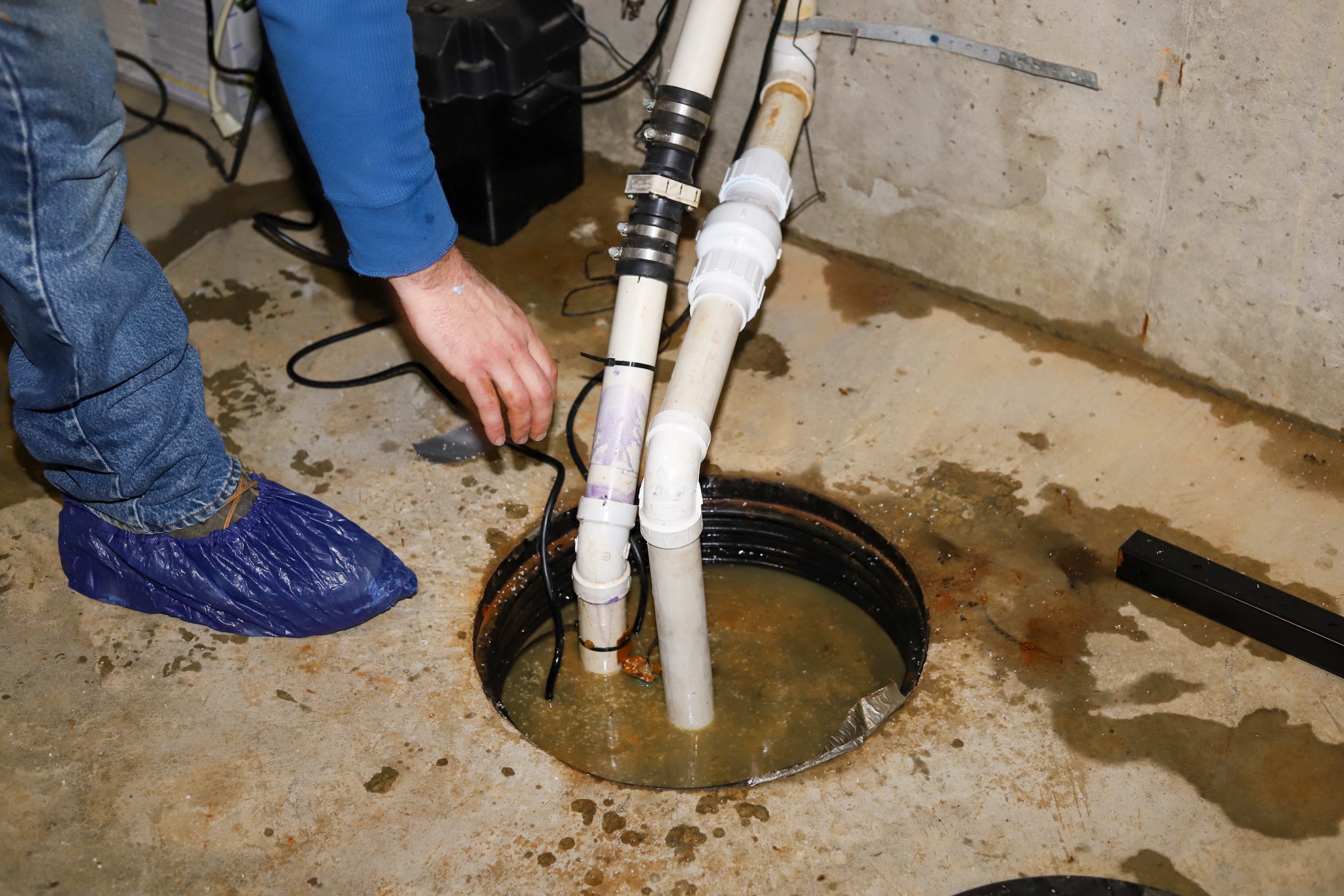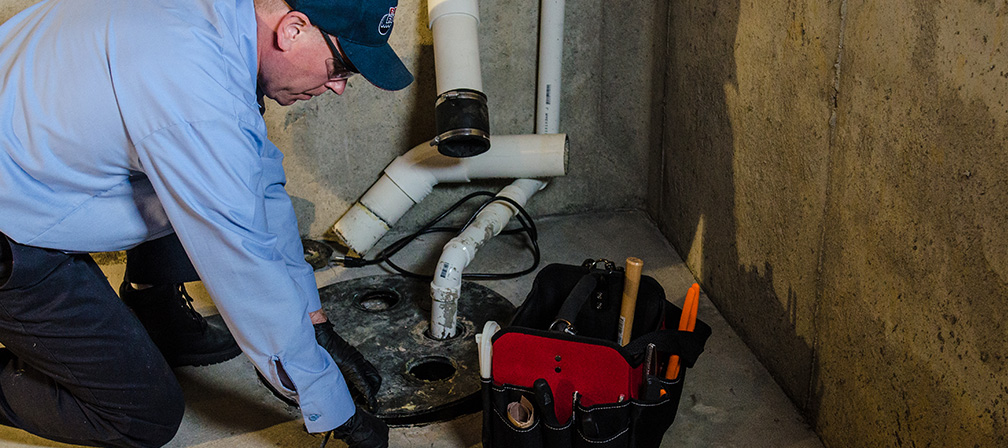On this page in the next paragraphs you will find lots of dependable insight when it comes to Keep Your Sump Pump Clean, It'll Keep You Dry.

Sump pumps are vital components in lots of homes, particularly in areas prone to flooding or too much wetness. They assist avoid water damage by successfully eliminating excess water from cellars or crawl spaces. However, like any other home appliance, sump pumps call for routine upkeep to ensure they function efficiently when required one of the most. Cleaning your sump pump is an essential part of its maintenance, and understanding how to do it properly can conserve you from pricey repair services and potential catastrophes.
Intro
Keeping a clean sump pump is important for its appropriate functioning and durability. Disregarding this essential task can cause obstructions, breakdowns, and ultimately, water damage to your building. For that reason, learning how to clean a sump pump is critical for house owners who rely upon these gadgets to maintain their cellars dry and secured.
Recognizing the Sump Pump
Prior to diving into the cleaning procedure, it's necessary to have a basic understanding of exactly how a sump pump functions. Usually set up in a pit or container listed below the basement floor, a sump pump contains several vital components, including a pump, a float button, and a discharge pipeline. When water builds up in the pit, the float switch activates the pump, which after that pumps the water out via the discharge pipeline, far from the building's foundation.
Indicators of a Dirty Sump Pump
Recognizing when your sump pump needs cleaning is crucial for avoiding potential breakdowns. Some common signs that indicate a filthy sump pump include strange sounds throughout procedure, decreased water flow, and noticeable debris in the pit. If you notice any of these symptoms, it's important to cleanse your sump pump quickly to prevent any type of additional issues.
Preparing for Cleansing
Before you start cleansing your sump pump, it's important to take some safety and security preventative measures. Begin by shutting down the power to the pump to prevent any kind of electrical mishaps. Furthermore, wear ideal safety gear, such as gloves and goggles, to shield yourself from dust, particles, and potential microorganisms.
Detailed Guide to Cleansing a Sump Pump
Shutting Off the Power
Begin by detaching the power supply to the sump pump to avoid any mishaps while cleaning.
Eliminating Particles and Dirt
Use a container or a scoop to remove any type of noticeable debris, dirt, or debris from the sump pit. Dispose of the debris effectively to stop it from clogging the pump or the discharge pipeline.
Cleaning up the Pump and Drift Switch
When the pit is clear of particles, very carefully eliminate the pump from the pit. Check the pump and the float switch for any signs of damage or wear. Use a soft brush or fabric to clean the surfaces and remove any kind of built up crud.
Flushing the System
After cleaning the pump and float button, purge the sump pit with clean water to get rid of any kind of staying dirt or sediment. This will certainly assist make certain that the pump runs efficiently and effectively.
Checking for Proper Performance
Before reinstalling the pump, perform a quick examination to ensure that the float button activates the pump properly. Pour some water into the sump pit and observe the pump's operation. If every little thing is functioning appropriately, you can rebuild the pump and reconnect the power supply.
Maintenance Tips to Keep Your Sump Pump Clean
In addition to routine cleansing, there are numerous maintenance pointers you can follow to keep your sump pump in optimal problem:
Verdict
Cleansing your sump pump is a critical element of its upkeep and ensures that it operates properly when you need it the most. By following the steps laid out in this overview and integrating routine maintenance into your routine, you can extend the life expectancy of your sump pump and protect your home from water damage.
6 STEPS ON HOW TO CLEAN A SUMP PUMP PROPERLY
UNDERSTANDING SUMP PUMPS
Your sump pump plays a crucial role in protecting your home by managing and removing excess water. It primarily functions as a “shield”, guarding your basement against the damaging effects of water accumulation. The pump is housed in a sump pit in the lowest part of your basement, and its job is to pump out any water that collects there.
During heavy rainfalls or when snow melts rapidly, water can infiltrate your basement, posing potential risks like flooding, structural damage, and harmful mold growth. Here, the sump pump springs into action, pumping out the intruding water and directing it away from your home.
SAFETY FIRST
Before cleaning, remember to prioritize safety. Disconnect the sump pump from the power source to prevent any accidental electric shocks. Also, wear sturdy gloves to protect your hands from any sharp or dirty components within the pump.
REMOVE THE SUMP PUMP
After ensuring your safety, the next step is to remove the sump pump from its pit. Doing this might require careful maneuvering as you don’t want to damage any pump components. Once removed, clean the sump pit to remove any accumulated debris or sludge.
INSPECT THE PUMP
Inspect the pump for any visible signs of wear or damage. Check the power cord, float switch, and impeller housing. If any components look worn out or damaged, consider replacing them to ensure optimal performance.
CLEAN THE PUMP
Thoroughly clean the pump with warm, soapy water. Make sure to rid it of any dirt, gravel, or other debris that might impede its performance. You can use a toothbrush to clean the small, hard-to-reach parts of the pump.
REINSTALL THE SUMP PUMP
Reinstall the pump into the sump pit Make sure it’s positioned correctly to remove the water effectively Once it’s back in place, reconnect it to the power source TEST THE PUMP
Finally, pour some water into the pit to ensure the pump works correctly. It should start automatically and begin pumping out the water; if it doesn’t, check the power source and the positioning of the pump.
Remember, while cleaning your sump pump is an essential part of home maintenance, hiring a professional plumber for a thorough inspection and cleaning at least once a year is also important. This will ensure that your pump is in optimal condition, ready to protect your home from potential water damage.
BEST PRACTICES FOR CLEANING SUMP PUMP DISCHARGE PIPES
Regular Inspection: Regularly inspect your discharge pipes, especially during heavy rainfall or snowmelt periods. Look for any signs of blockage or damage. Early detection of problems can prevent serious issues down the line. Periodic Cleaning: Over time, sediment and debris can accumulate in the discharge pipes, impeding the flow of water. Regular cleaning helps keep the pipes clear and functioning efficiently. You can use a high-pressure water jet to effectively clean the pipes. Insulation During Winter: In colder climates, discharge pipes can freeze, blocking the outflow of water. Protect your discharge pipes from freezing temperatures by insulating them with foam pipe insulation. This will ensure the sump pump can continue to discharge water even in freezing conditions. Proper Positioning: The discharge pipe should be positioned to direct water away from your home’s foundation. Improper positioning can lead to water seeping back into the basement. Ensure the pipe is long enough and angled correctly. Installation of a Check Valve: A check valve prevents water from flowing back into your sump pit after the pump has pushed it out. Installing a check valve helps maintain the efficiency of your sump pump and reduces the risk of flooding. Minimize Pipe Turns: Every curve or turn in the discharge pipe can decrease the efficiency of water flow. By minimizing turns and bends in your discharge pipe, you can increase the efficiency of your sump pump. https://www.fullspeedplumbing.com/how-to-clean-a-sump-pump-properly9999/

Hopefully you enjoyed our topic about How To Effectively Clean A Sump Pump. Thanks for taking a few minutes to browse our blog post. Enjoyed our blog posting? Please quickly share it. Let others locate it. Thank you so much for your time spent reading it.
Get A Free Estimate